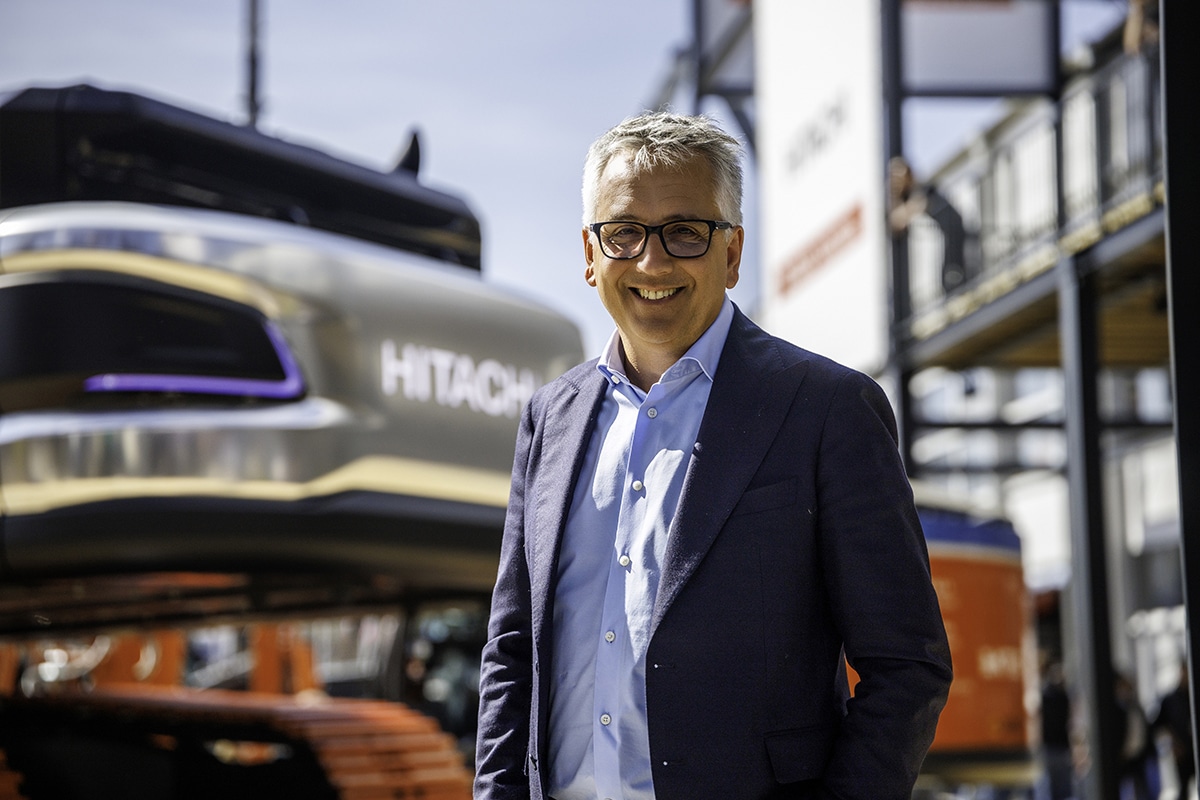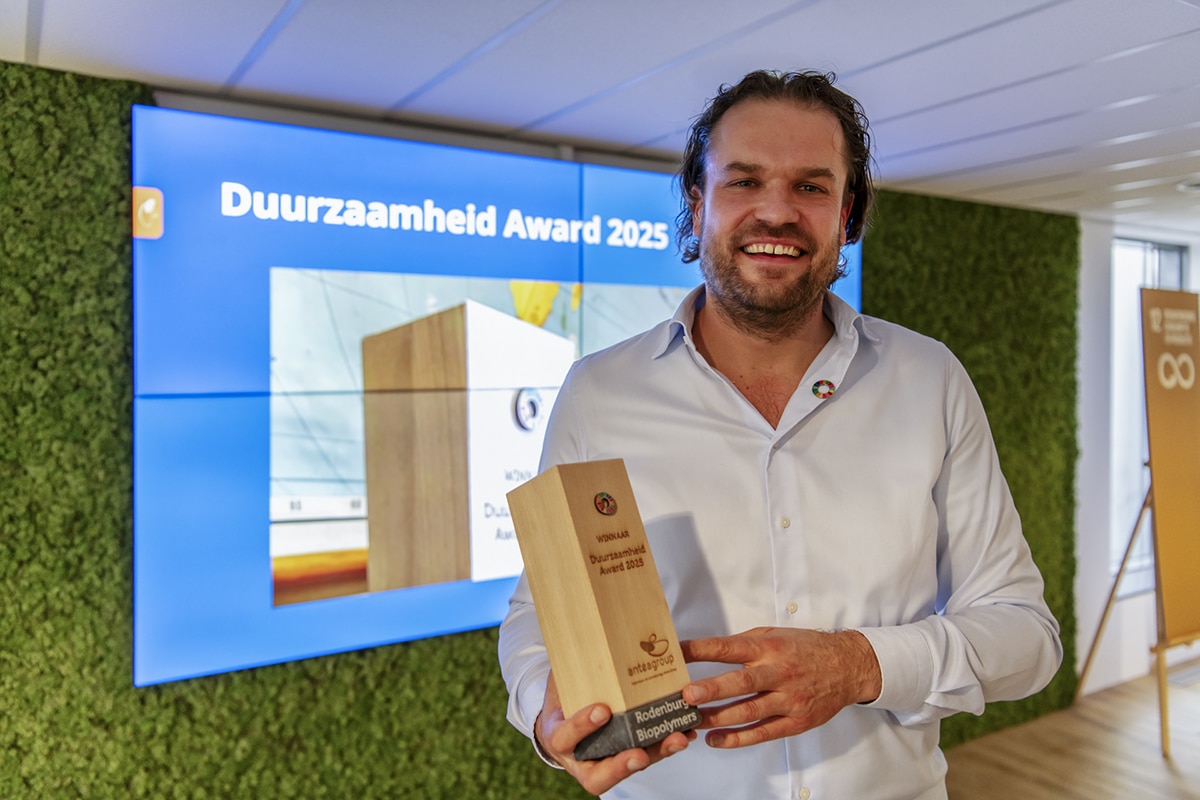
Info container on Velsen beach offers explanation of wind farm connection and view of TenneT laying 'sea cables'
What will happen on the beach and off the coast of Velsen in the coming months? Starting today, beachgoers in Velsen will find the answers at a new information point near the work site on the beach. This (temporary) information container tells the story of the 'sea cables' that TenneT will soon use to bring the energy from the offshore wind farm Hollandse Kust (west Beta) ashore.
The information point is located next to the work site, near The HangOut on Reyndersweg and is open to the public daily during working hours. In the blue info container, visitors are given a text and explanation of how these TenneT power cables are being installed and, of course, why this is necessary for the sustainability of our national electricity production. The panels show visitors how wind energy from the sea is brought ashore and what equipment contractor NBOS (Boskalis / Orient) will use to install these two power cables in the seabed.

Radiant spring sun
"It is of course great that we can open this information point with this fantastic weather," said Jaap Nijland, Offshore NL project director on behalf of TenneT. "A great way to show what we are working on with our contractors and all parties involved in the area in the coming months and can be proud of together."
Making technology tangible
Alderman Jeroen Verwoort of the municipality of Velsen also came to the beach today for the opening ceremony. "It's great that with this information point the big story behind our energy transition and the associated work is being told to the public. This way you make all that cool technology, which will be deployed here, tangible for everyone."

Beach preparations
From the roof of the container, visitors have a perfect view of the work site and the work that will be carried out in the coming months. "At the end of March, two 'cofferdams' will first be made in order to bury the cables at a depth of six to eight meters in the beach, says environmental manager Richard Koenders on behalf of TenneT. "We therefore cordially invite everyone to come and socialize while the work is being carried out."
Under the dunes
Once the preparations are complete, a dredging vessel will be off the coast in April/May, according to Koenders. "This ship will dredge away sand about 500 meters from the coast so that the burying of the first sea cable can start in mid-May. This cable will be pulled in from the sea in the empty jacket pipe under the dunes to the work site in the Sculpture Park. There the two cables will be connected underground with large crownstones to the power cables on land."

Fleet off the coast
To install the marine cables, contractor NBOS is laying several vessels off the coast starting in May. One of the main players in installing the cables this summer is cable excavator. Using water pressure, it injects a trench into the ground and directly lays the cable in it. At sea, that trench automatically washes up again. After the first 4.5 kilometers, the end of the cable is capped on the seabed and the whole operation is repeated for cable number two.
Safe passage
Koenders: "For the retraction of the cables, we will cordon off the beach twice for a week. Also, water sports at sea within a designated zone will not be allowed during these weeks. A passage for pedestrians and cyclists will be set up on the dune side. This passage is also intended as an emergency zone for emergency services. During the work, the work site will be monitored 24/7 and traffic controllers will ensure safe passage for all passers-by."

Stay informed
Do you find it interesting to follow the connection of the offshore wind farms and the work closely? Then download the TenneT ConstructionApp free of charge from the App Store (iOS) or Google Play (Android). This way you will receive up-to-date information about the work on an ongoing basis.



